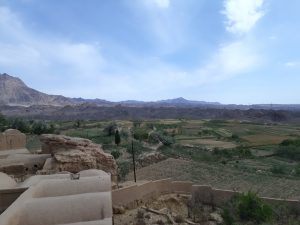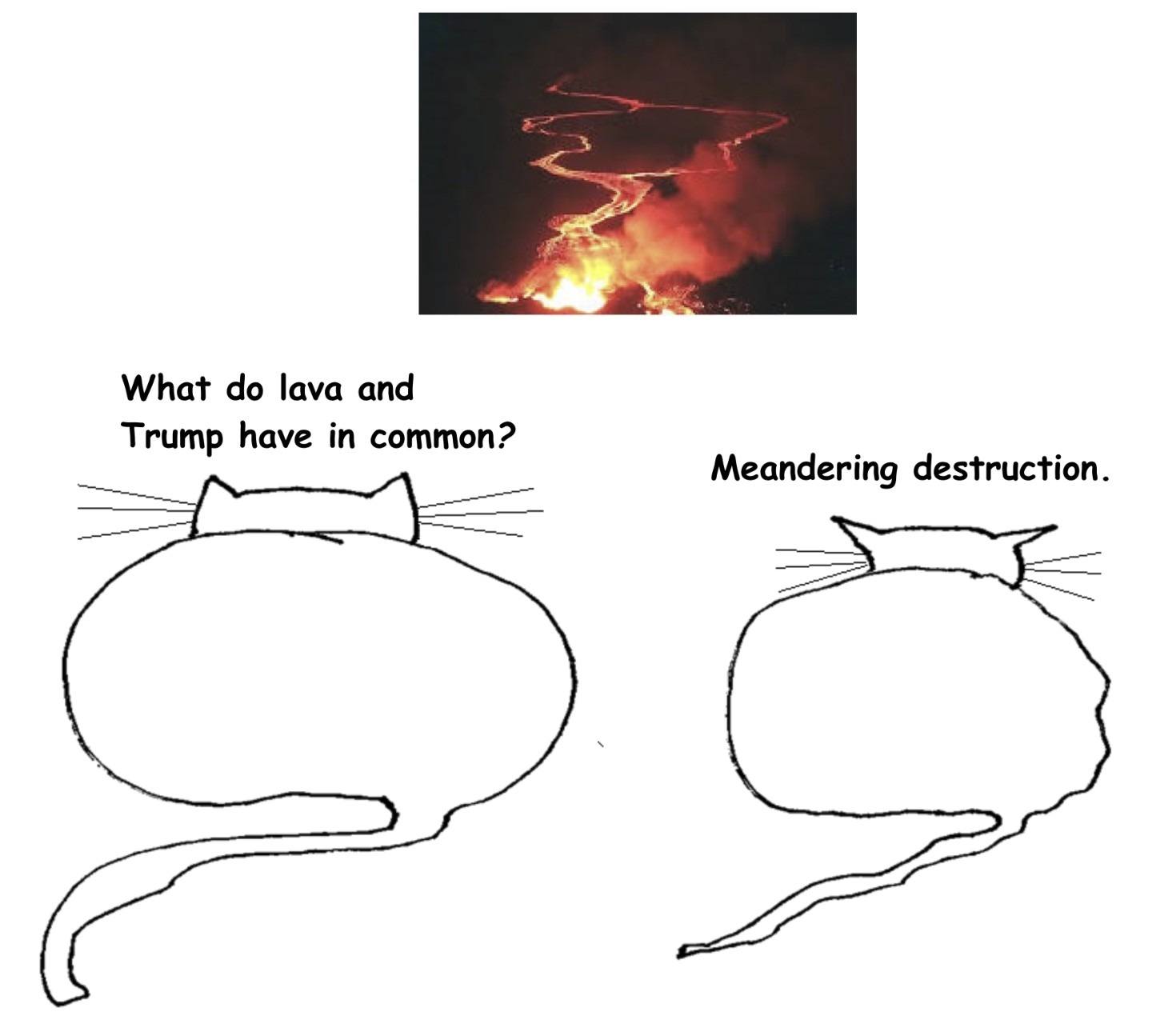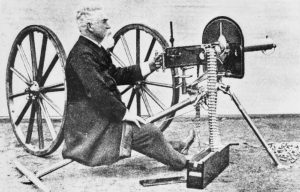by Katrin Trüstedt
 Political debates in Europe these days seem to have only one subject. At one point or another they all turn to the issue of migration, Islam, and a danger to “the West”, which are presented as essentially synonymous. Germany’s political future seems currently to hang in the balance over the so-called “migration master plan” by German secretary of the interior Horst Seehofer. The polemical campaign of the CSU to win back voters from right wing parties threatens to blow up the German government and thereby endangers the future of Europe. In a time when it is increasingly difficult to deny the immense scale of suffering both in the places from which a majority of the refugees escape to Europe, and in the border areas they find themselves in, the construct of a “Fortress Europe” is being strengthened not only by physical and political, but also by rhetorical barriers. Returning to stereotypes of foreign invasions overrunning a weakened West, mainstream debates are drawing on old images already used in anti-Semitic propaganda of the early 20thcentury.
Political debates in Europe these days seem to have only one subject. At one point or another they all turn to the issue of migration, Islam, and a danger to “the West”, which are presented as essentially synonymous. Germany’s political future seems currently to hang in the balance over the so-called “migration master plan” by German secretary of the interior Horst Seehofer. The polemical campaign of the CSU to win back voters from right wing parties threatens to blow up the German government and thereby endangers the future of Europe. In a time when it is increasingly difficult to deny the immense scale of suffering both in the places from which a majority of the refugees escape to Europe, and in the border areas they find themselves in, the construct of a “Fortress Europe” is being strengthened not only by physical and political, but also by rhetorical barriers. Returning to stereotypes of foreign invasions overrunning a weakened West, mainstream debates are drawing on old images already used in anti-Semitic propaganda of the early 20thcentury.
Michel Houellebecq’s novel Submission, which recently re-entered the German discourse in form of a movie adaptation, seems to offer the apt allegory for the current phantasma. Perhaps its biggest accomplishment lies in foregrounding the strong but mostly implicit connection of this type of xenophobia with issues of gender and sexuality. The weakened West is depicted here in terms of the decline of the male, bored, and sexually frustrated protagonist who shows uncanny features of an Incel, and to whom the Islamic Other taking over France seems to offer a model for a renewed masculinity putatively under attack in post-feminism Europe. Ultimately, the only solution for the protagonist is a submission to the spreading Islam in order to restore patriarchy and repair his unsettled and offended masculinity with the vision of underage virgins. In all its absurdity, the novel points to an implicit thread of the new right wing discourses presently targeting Islam as the privileged enemy: that of a threatened masculinity. Informed by images of young Islamic men overrunning a decadent West unable to protect itself, the European discourse on refugees is deeply gendered and sexualized. Read more »



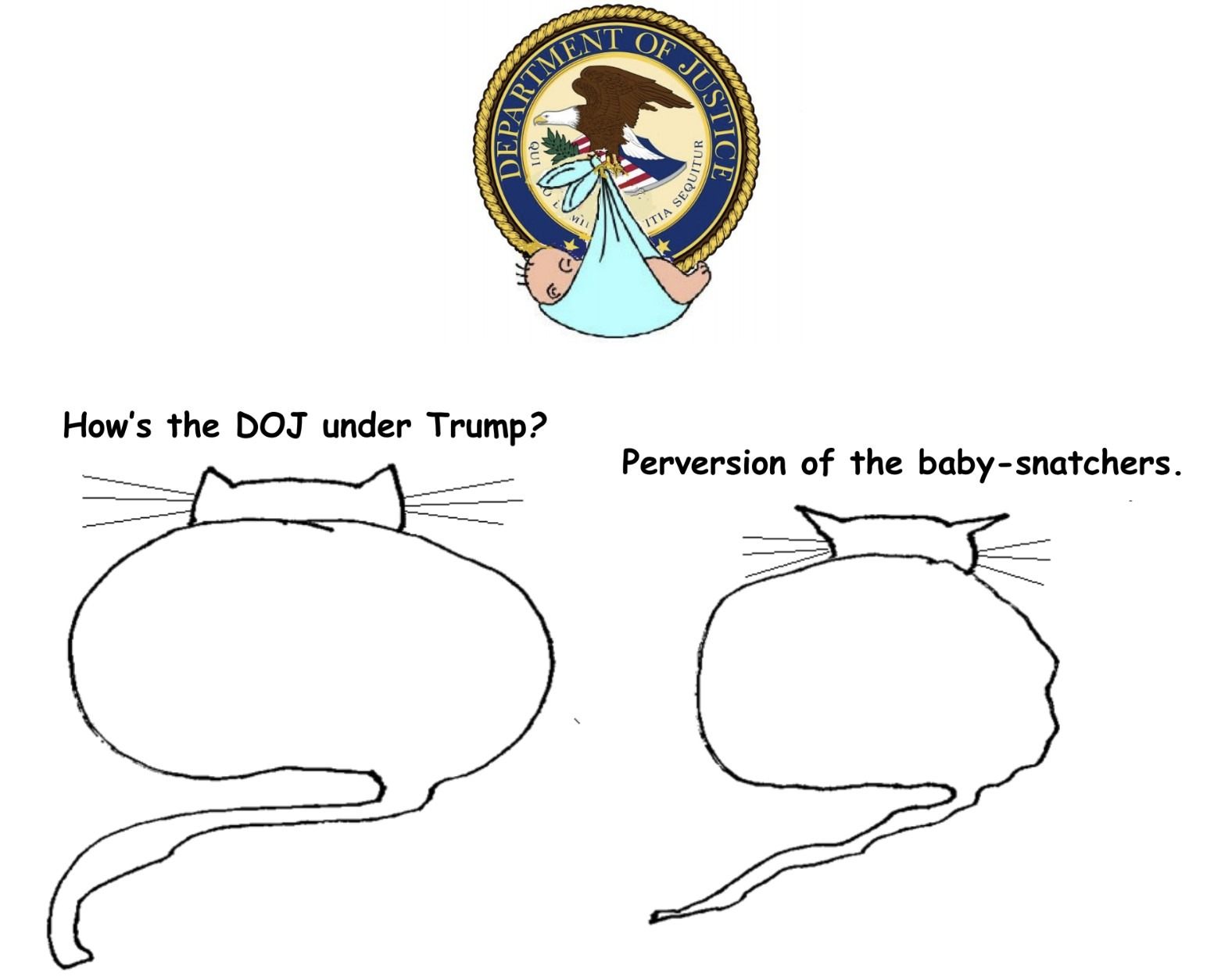
 “In receiving this award, I thank my parents, Zsa Zsa Gabor and Mr. T.”
“In receiving this award, I thank my parents, Zsa Zsa Gabor and Mr. T.”

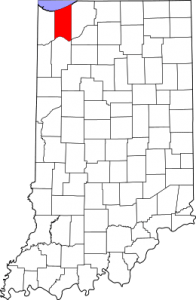 County, Indiana. Porter County is not exactly flyover country–we’re more of a hybrid flyover/northern city. We are tucked into the northwest corner of Indiana, a region filled with heavy industry and a few large cities on the shores of Lake Michigan. Our population, 166,000, is only 3% that of Chicago, and is 93% white.
County, Indiana. Porter County is not exactly flyover country–we’re more of a hybrid flyover/northern city. We are tucked into the northwest corner of Indiana, a region filled with heavy industry and a few large cities on the shores of Lake Michigan. Our population, 166,000, is only 3% that of Chicago, and is 93% white.

